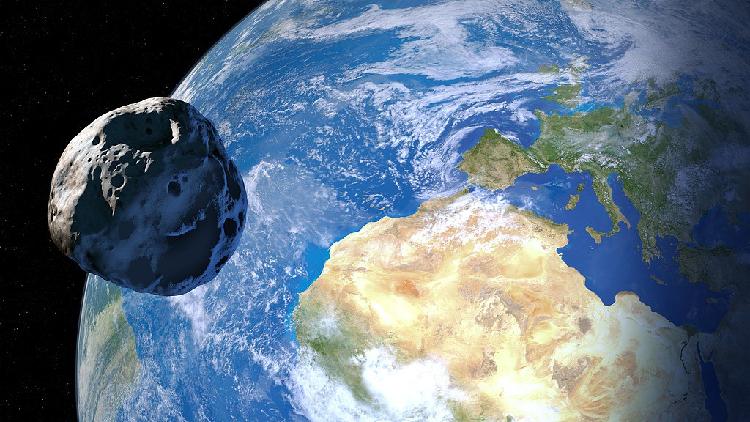Earth's 'mini moon' Could Be a Fragment of Our Actual Moon
Planet Earth is preparing to say goodbye to an asteroid that has been accompanying it as a "mini moon" for the last two months.

On Monday, the small space rock will detach, influenced by the stronger gravitational pull of the sun. However, it will pay a brief visit again in January.
During this visit, NASA plans to utilize a radar antenna to study the 10-meter asteroid, providing deeper insights into the object designated 2024 PT5. This asteroid is likely a boulder that was ejected from the moon due to an impact from a larger asteroid that created a crater.
Although it is not classified as a moon—NASA emphasizes that it was never fully captured by Earth's gravity and remains in a different orbit—it is still considered “an interesting object” for scientific investigation.
The asteroid's “mini moon behavior” was identified by astrophysicist brothers Raul and Carlos de la Fuente Marcos from Complutense University of Madrid, who have conducted extensive observations using telescopes in the Canary Islands.
Currently situated over 3.5 million kilometers from Earth, the asteroid is too small and dim to be detectable without advanced telescopes. In January, it will approach within approximately 1.8 million kilometers of our planet, maintaining a safe distance before continuing its journey deeper into the solar system, with plans to return in 2055. This distance is nearly five times greater than that of the moon.
First detected in August, the asteroid began its near-Earth trajectory in late September when it came under Earth's gravitational influence, following a unique horseshoe-shaped path. By the time of its return next year, it will be traveling at over double its previous speed from September, which means it won't have the opportunity to linger, according to Raul de la Fuente Marcos.
In January, NASA intends to observe the asteroid for over a week using the Goldstone solar system radar antenna located in California's Mojave Desert, part of the Deep Space Network.
Current projections indicate that during its next visit in 2055, this sun-orbiting asteroid will again make a brief and partial loop around Earth.
Jessica Kline for TROIB News
Discover more Science and Technology news updates in TROIB Sci-Tech












